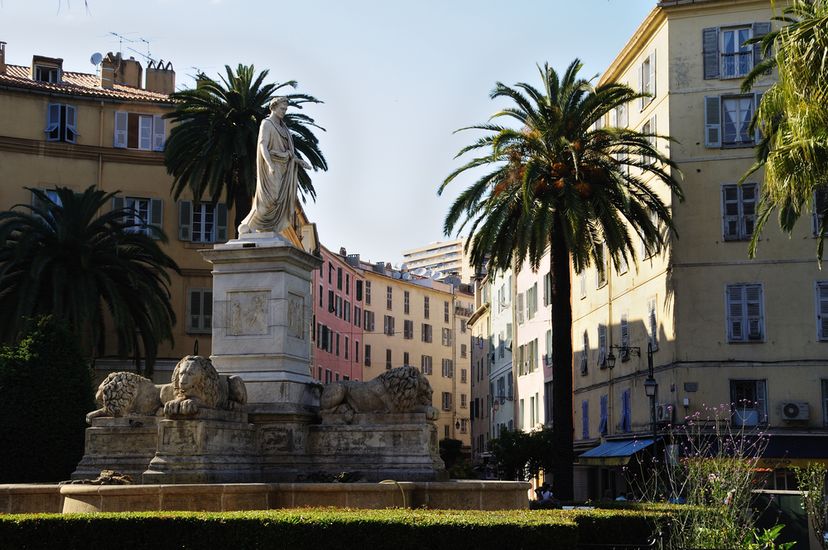
Although it has been part of France for over 200 years, the Mediterranean island of Corsica has a very different feel from the mainland. One of the larger islands in the Mediterranean Sea, Corsica has been shaped both by its incredibly varied geography and by its tumultuous history, at some times part of Italy, part of France, and even (rarely) its own state. This history has defined the culture, language, music and cuisine of the islanders. Although tourism plays a large role in the Corsican economy, the island is often passed over for larger metropolitan destinations in Europe such as Rome, Naples and Paris. Unfortunately, that means that many, many people are missing out on an exhilarating trip; Corsica is a delightful Mediterranean gem with much to offer just about any tourist. From beaches to agro-tourism, Corsica has it all. Read on to discover 9 things that make Corsica an underrated escape.
Advertisement
Diverse Nature
In many destinations, you’ll have to travel far and wide if you expect to see a variety of different landscapes. If you want this same diversity without all the transit, schedule a stop in Corsica. This Mediterranean island is a study in variation, cramming mountains, plains, beautiful beaches and sunny seashores into 3,300 square miles. Corsica has more than 200 beaches along its 600-plus miles of coastline, but it is also the most mountainous island in the Mediterranean. Monte Cinto towers almost 9,000 feet above sea level, making it the highest of 21 Corsican peaks, all of which measure at least 6,600 feet.
About 20 percent of the island is forest and the Corsicans intend to keep it that way: almost half of the island is dedicated as a nature preserve, the Parc Naturel Regional de Corse. With most of its 1,450 square miles located in the interior of the island, the park serves as a home for many of the flora and fauna native to Corsica, such as the Corsican red deer. It also contains the Golfe de Porto and the Scandola Nature Reserve, a UNESCO World Heritage Site that is accessible only by boat.
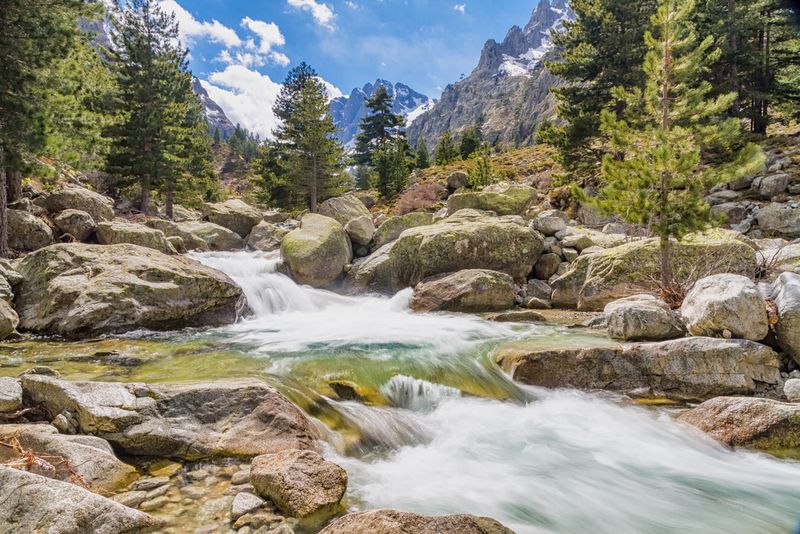
Advertisement
Mediterranean Climate
Corsica’s varied geography means that it has wildly variant climates, depending on where you are on the island. Corsica can be divided into 3 ecological zones: the coastal zone, the montane zone, and the high alpine zone. The alpine zone is inhospitable, with few animals and plants living above the treeline in the mountainous areas of the island. This zone is completely uninhabited by humans. Further down the slopes is the more temperate montane zone. The montane zone is cooler and wetter than the coastal zone, and is home to most of the island’s dense forests. Vegetation in this area is more typical of Northern Europe than of the Mediterranean. The coastal zone exhibits a typical Mediterranean climate: hot, dry summers and mild, wet winters.
Average temperatures in Bastia, one of the island’s largest centers, reach around 30 degrees Celsius in July and August, while January and February tend to average around 13 or 14 degrees. Corsica receives relatively little rain and enjoys almost 3,000 hours of sunshine every year. That means that, no matter when you want to travel or what you want to do on your vacation, the Corsican weather is likely to cooperate with you.
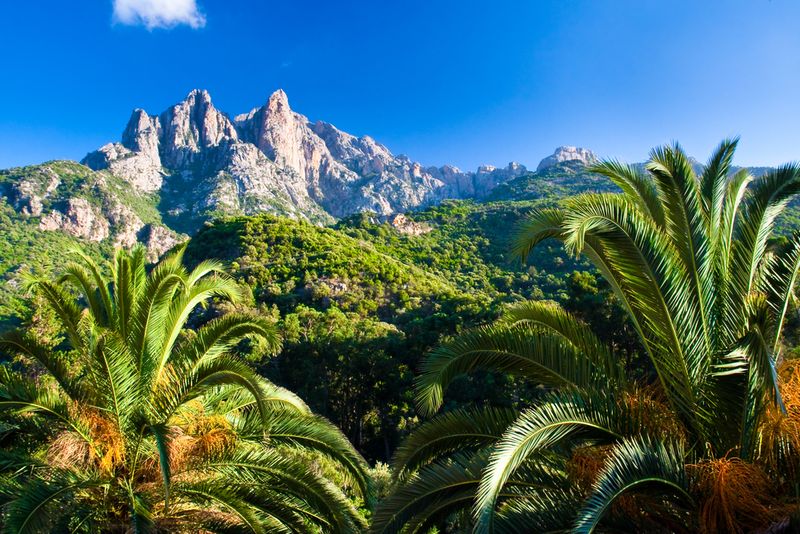
Advertisement
Food and Drink
Like much of the rest of France, wine has a long history in Corsica, dating back over 2,000 years. The island’s microclimates and sun-bathed hills are used to cultivate over 30 varieties of grapes, including muscat grapes. Corsica has 9 AOC regions, most of them located around the coast. Among the best wineries on the island are Clos d’Alezto, just north of Ajaccio, and Domaine de Torraccia, where you can taste some of Corsica’s best-aging wines.
The Corsicans also have a keen sense of cuisine, in part owing to their long and complex history. French and Italian influences are immediately recognizable, but the flavor of island cooking is definitely Corsican. Most products are made in small-scale, artisanal operations. You’ll find jams and marmalades made with fresh fruits grown on the island, the ricotta-like brocciu sheep’s cheese and locally made honey, which reflects the island’s flora. Chestnuts grow abundantly and are used frequently in Corsican cooking, such as in castagnaccio, a sweet autumnal dessert common to Italian cuisines. Similarly, the bounty of the sea is also a frequent entrée at Corsican tables; river fish, including trout, is also a specialty.
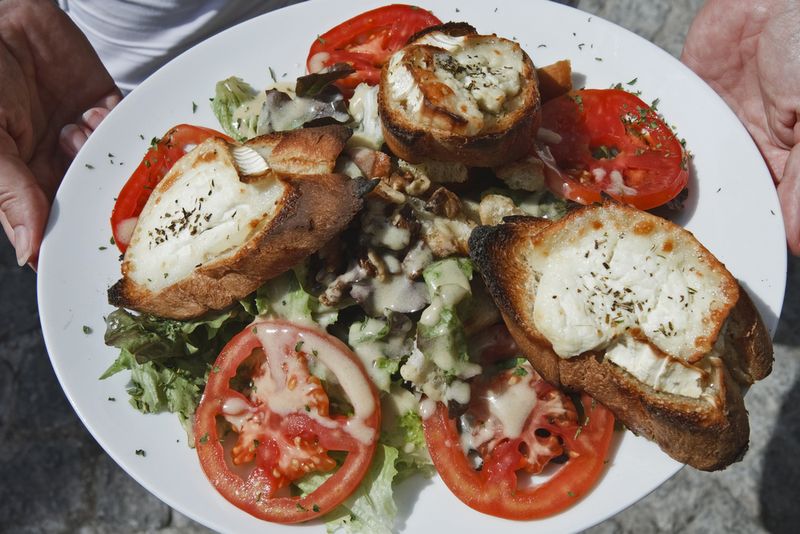
Advertisement
Musical Culture
Upon visiting Corsica, one of the first things you’ll notice is that the islanders have a very distinct sense of being Corsican. Although nominally part of France, Corsica has, at various times throughout history, been part of France, Italy and its own independent nation. Through the various changes in government, Corsicans have maintained a strong cultural identity. One of the pillars of this identity is the indigenous musical culture.
Most renowned is the traditional polyphonic chorus, endemic to island music. Songs are a cappella and can be spiritual or more secular. Corsica also has a wide variety of instruments native to the island, including the cetera, a type of cittern with 4 to 8 double strings; the caramusa, a type of bagpipe made of wood, leather and reeds; and the pifana, a type of gemshorn. Corsican musicians are well-regarded in Europe, with bands like I Muvrini and A Filetta having performed in various European nations and around the world, and singers from previous eras such as Tino Rossi and Cesar Vezzani cementing Corsica’s rich musical heritage.
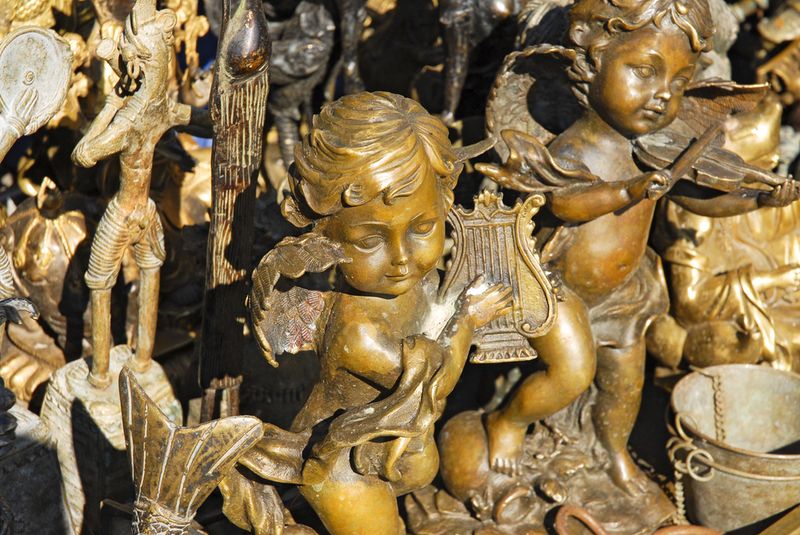
Advertisement
Architecture
Corsica has been inhabited by humans since the Mesolithic era. Over time, it has changed hands many times. It was colonized by the Ancient Greeks, occupied by the Carthaginians and annexed by the Romans. It was recovered briefly by the Byzantine Empire after invasion by Vandals and Ostrogoths in the 5th century, and soon became part of Lombardy. During the Middle Ages, various Italian city-states, including Genoa and Pisa, ruled the island. In the 1700s, the island was briefly independent, before it became part of France.
Owing to this long and varied history, the island showcases a variety of different architectural influences from different eras. Many of the medieval churches and cathedrals are well-preserved and show the Pisan Romanesque influence of the era, while churches built in the Renaissance and later are often Baroque in style and heavily influenced by Genoese sensibilities. The Genoese also built a series of towers during the 16th and 17th centuries, many of which still stand today, while the French built chateaux and the Romans left behind various fortresses, many of which are still visible today.
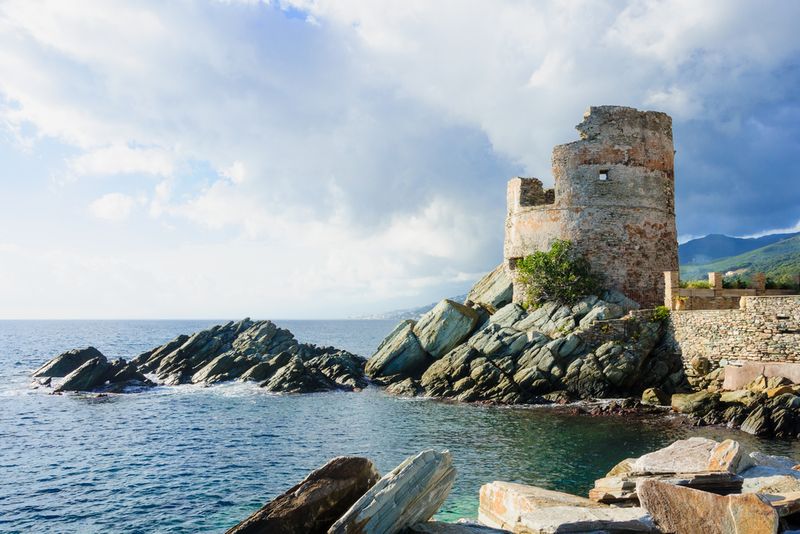
Advertisement
Italian outside Italy
Since it has been under Italian rule (or, at least, the rule of Italian groups) for much of history, it’s only natural that much of Corsican culture has Italian ties. Many of the musical instruments native to the island, in fact, can be traced back to Renaissance Italian instruments. Cuisine has also been influenced by Italian sensibilities, and much of the architecture in historical buildings and ruins have used ideas imported from the Romans, the Pisans or the Genoese, depending on who was the island’s ruler at that time.
The Pisans, although they only ruled for a short time, were possibly the island’s most influential group. When they were granted the island by the pope in the 13th century, they embarked on church-building (with San Michele di Murato being the most iconic) and painted the “maisons de maitre” in bright colors. The Pisans, along with the Tuscans, had influence on music, cooking and language. The Pisans contributed to Corsica’s religious culture, bringing with them strong Catholic ties, as well as the Pisan law code.
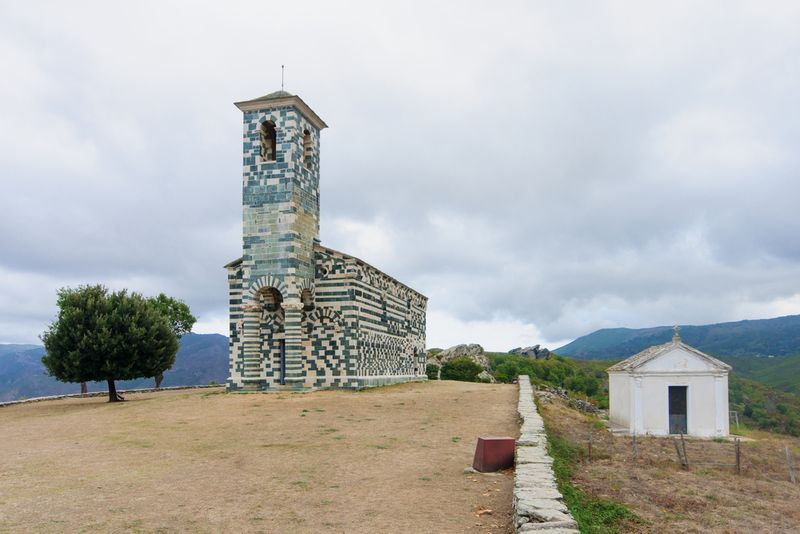
Advertisement
French without France
As mentioned, Corsica is administratively part of France, although France is a relatively recent owner and influencer of Corsican culture. For most of its history, Corsica was under Italian dominion, in one form or another, so various Italian cultures are reflected strongly in Corsican traditions. When the French acquired Corsica in 1769, they wasted no time in exerting their influence. Although Corsica is geographically closer to Italy than to France, the Corsicans have recently felt a stronger affinity with France. The Corsu language is recognized as a minority language and Corsican wine and music are well-regarded on the mainland. French influence on architecture is visible in 19th-century churches and castles. The Corsican language is beginning to incorporate elements of French.
Perhaps Corsica’s most lasting influence, however, is the Bonaparte family, whose most famous member, Napoleon Bonaparte, shaped the course of French and European history in the 19th century. Napoleon was born in 1769 in the capital of Ajaccio and became Emperor of the French in 1804. He was an influential military commander, winning most of his campaigns, and is still widely studied today. His ancestral home in Corsica, Casa Buonaparte, has been converted into a museum.
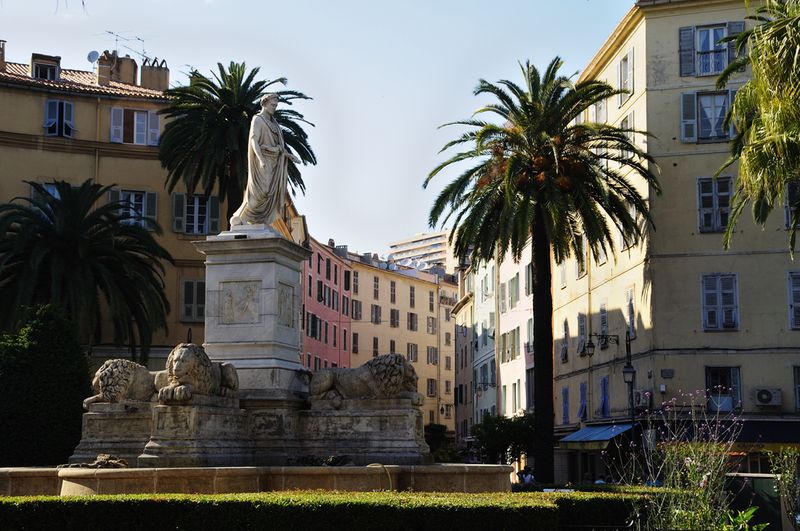
Advertisement
Attractions
Corsica’s economy is heavily centered on tourism, although it is often passed over for other European destinations, including Paris, Naples and Rome. Corsica, however, is primed for tourism of all sorts. With its beaches and warm, sunny climate, it is a haven for beach-goers everywhere. Its mountains and lush forests, as well as its nature reserve and well-maintained paths (including the GR20), serve as attractions for mountaineers, hikers and mountain bikers. The rich agricultural history of the island make it a prime destination for agro-tourists, and that same agricultural industry also informs the unique culinary history of the island—which makes it a hotspot for gastro-tourism and wine tours. Eco-tourism, as you might have guessed, isn’t a stretch either: the Parc Naturel Regional de Corse is home to some endangered and endemic species, which means Corsica is the only place in the world to see these animals.
Corisca’s culture is also sure to delight musicians, music aficionados and history buffs alike. With its medieval-influenced musical traditions, its monuments and ruins and its military history, there’s plenty to explore in various towns around the island.
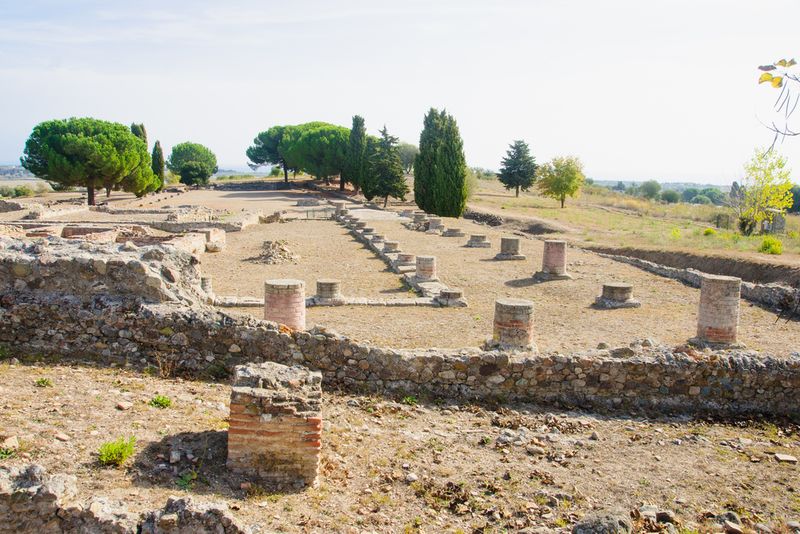
Advertisement
Romance
Perhaps all the great things about Corsica can be distilled down to one concept: romance. While France is stereotypically the country of love, very few people actually think of Corsica as a romantic destination, but almost all of the island’s attributes (Franco-Italian culture, music, wine, history, climate) loan themselves to creating an atmosphere primed for romantic adventures.
Whether you’re interested in sipping fine wine in converted medieval buildings; discovering the military history that the Romans and the Genoese left behind in their towers and fortresses; or even strolling along a beach or a mountain path in the sunshine and following it up with wine, food and music, Corsica can offer you all that and more. Best of all, Corsica doesn’t attract nearly the crowds that other European destinations have, which means it’s an escape from the busy-ness and crowdedness of everyday life. This almost dream-like atmosphere is what truly makes the island of Corsica an underrated escape.
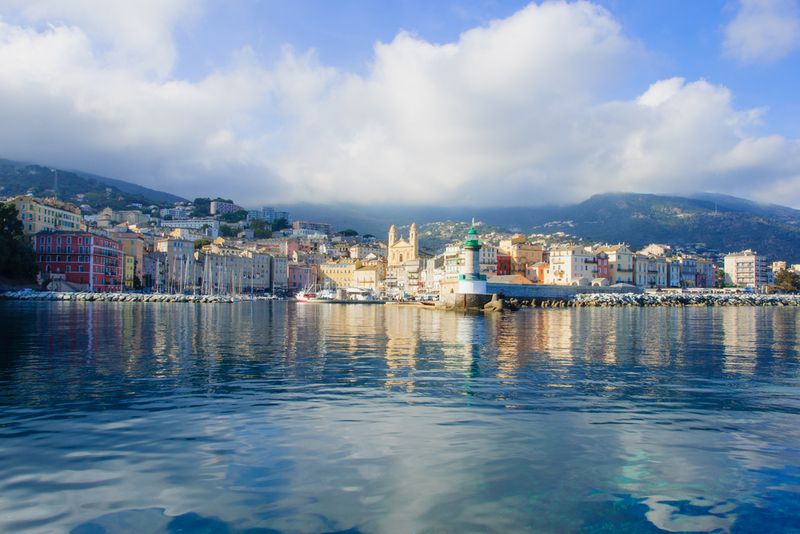
Advertisement